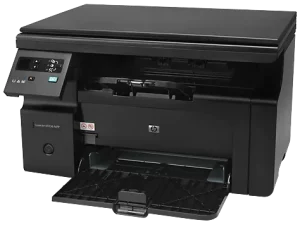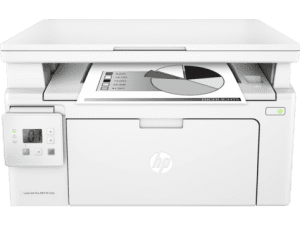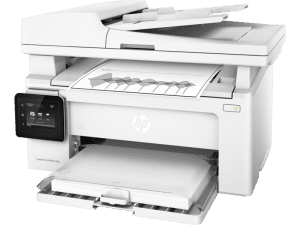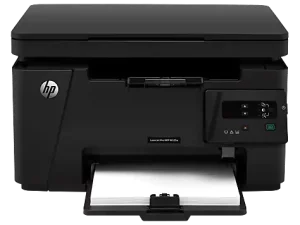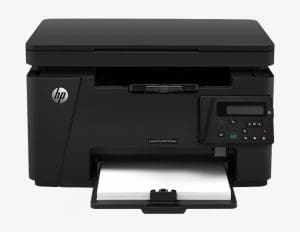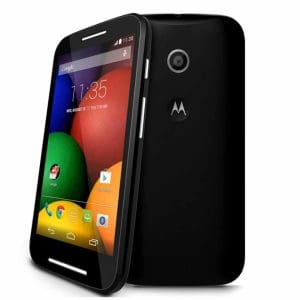
Moto E XT1022 USB Drivers
Published:
September 1st, 2023
Updated:
September 1st, 2023
Developer:
Version:
6.4.0
Platform:
Moto E XT1022 USB Drivers Download for Windows
Table of Contents
Moto E XT1022 USB Drivers
Moto E XT1022 USB Drivers are used to transfer files like images, videos, and documents from Motorola Android phones to PCs or laptops. They can also be used to unlock the bootloader or flash firmware on the device.
This Motorola PC Suite is safe and 100% free to download for Windows XP, Windows Vista, Windows 7, and Windows 8. It allows you to back up messages (including chats), contacts, music, and pictures.
How to download and install the Moto E XT1022 USB Drivers on Windows?
To download and install USB drivers for the Moto E XT1022 on Windows, follow these steps:
- Enable Developer Options and USB Debugging on your Moto E XT1022:
a. Go to “Settings” on your Moto E. b. Scroll down and select “About phone.” c. Find the “Build number” option and tap it repeatedly (about 7 times) until you see a message that says you are now a developer. d. Go back to the main settings menu, and you should now see a new option called “Developer options.” Tap on it. e. Toggle on the “USB debugging” option.
- Download the USB Drivers:
You can download the Moto USB drivers from the official Motorola website or from trusted sources like Motorola’s official support page or Android USB driver websites. Here are the steps to download from the official Motorola website:
a. Enter your device model, which is Moto E XT1022, and click on the search icon.
c. Click on the “Software & Drivers” tab.
d. Look for the USB drivers for your device and download the appropriate version for your Windows operating system (usually 32-bit or 64-bit).
- Install the USB Drivers:
a. Locate the downloaded USB driver file (it’s usually in a .zip or .exe format) and extract it if necessary. b. Double-click on the installer file to start the installation process. c. Follow the on-screen instructions to install the USB drivers on your Windows computer.
- Connect your Moto E XT1022 to your PC:
a. Connect your Moto E to your computer using a USB cable. b. Make sure that USB debugging is still enabled on your Moto E.
Installation:
- Driver Installation:
When you connect your Moto E XT1022 to your computer for the first time after installing the USB drivers, Windows should automatically detect the device and start installing the drivers. You may see a notification in the system tray indicating that drivers are being installed. Wait for the process to complete.
- Verification:
To verify that the drivers have been installed successfully, you can check Device Manager:
a. Right-click on the “Start” button and select “Device Manager.” b. Look for your Moto E XT1022 under “Portable Devices” or “Other Devices.” It should be listed without any error indicators.
Once the drivers are installed, you should be able to transfer files between your Moto E XT1022 and your Windows PC, as well as use tools like ADB (Android Debug Bridge) for development purposes if needed.
ADB:
ADB is a powerful command-line tool that allows you to control and debug your Android device. It also lets you install system updates and custom ROMs on your device, among other things. The tool can be used by app developers to test their code on a live phone environment and also by users who want to do more advanced tasks with their phones, like setting up an automated backup process.
To use ADB, you must enable Developer Options on your device. So, this feature is available in the settings menu under the “About Phone” section. You’ll need to tap the “Build Number” seven times to unlock the Developer option, and then you can begin using ADB. Once you’ve enabled developer mode, connect your phone to a computer via USB and run the ADB devices command. This will show you a list of serial numbers and the word “device” next to each one.
To ensure that ADB is running properly, you can check its version by typing the ADB version on the command prompt. You can also add the ADB folder path to your Windows system PATH, which will allow you to run ADB commands from any folder. This is useful if you have multiple computers and need to switch between them. If you’re having trouble getting ADB to work, try connecting your device through a different port or powering it off and on again.
Fastboot:
The fastboot mode on your Android device lets you flash various files and change settings that can’t be done through the normal recovery mode. It loads independently of the operating system and gives you a command line on your computer to run commands on the device. You can use this to flash custom recoveries, ROMs, and kernels. It also allows you to connect to the device over ethernet if USB isn’t available.
To use fastboot, you need a computer with the latest version of ADB and fastboot drivers installed. These can be downloaded from the official Android website. You can also download a third-party program that simplifies the process and installs the drivers automatically. Once you have the necessary drivers, you can start using the program by clicking a one-click button to reboot your device into fastboot mode.
So, if you are unfamiliar with Fastboot, it’s a powerful diagnostic and engineering tool that can change your Android file systems from a computer via a USB connection. It is part of the Android software development kit’s Platform Tools collection and runs through Command Prompt (Windows) or Terminal (Mac and Linux). So, it’s not exactly user-friendly, but it is possible to learn it with a little effort. In this article, we will cover everything you need to know about fastboot, including why it’s important and what it can do for your Android.
MTP:
MTP allows a computer to communicate with an Android phone or tablet as if it were a USB mass storage device. It also gives the Android device access to its internal storage and SD card slots, so users can transfer music, photos, documents, and other files from their computer to their Android device. This feature is available on most Android devices and provides a convenient way to connect a device to a computer.
MTP provides more features and functionality than USB MSC, including support for Digital Rights Management (DRM). DRM protects copyrighted media by preventing other devices from playing these files. MTP has a number of other advantages, including the ability to simultaneously use the phone and PC with the same file.
In order to use the MTP feature on your Android device, you must enable it in your phone’s settings. In most cases, this option is enabled automatically when you connect your device to a computer. However, some phones require you to enable it manually.
If you are unable to connect your device to the computer using MTP, it is possible that your USB ports are not working properly or are damaged. This problem can usually be fixed by reinstalling the driver for your device. To do this, you can follow these steps:
PC Suite:
PC Suite is software that establishes an interface between a mobile phone and a computer. So, it allows users to connect the devices to transfer files between them and perform other functions. So, it also lets users explore the contents of their phones from the comfort of a desktop computer. It is a universal tool that works with all kinds of phones.
Unlike many other programs, the Nokia PC Suite does not require a high level of technical knowledge to use. It is easy to install and uses a familiar interface that is accessible to almost all users. It also has a backup function that saves the contents of a device in an undocumented binary file. This is useful for restoring lost data to a new phone. It also works with a variety of operating systems.
The program is available for download in English and Chinese. It is recommended to use the English version of the program because it is easier to understand than the Chinese one. To use the utility, connect your Xiaomi or Redmi phone to the computer and enable USB debugging. You can do this by clicking on the 5 times menu in the MIUI settings.
So, the utility can be used to download games, ringtones, and wallpapers to your phone. It can also be used to create a backup of your contacts and messages. It can even be used to manage your photos and videos on the phone. So, the latest version of Moto E XT1022 USB Drivers
